Augite, subcalcic augite, and pigeonite lie within the interior of the pyroxene quadrilateral Compositionally, augite is related to members of the diopsidehedenbergite series with limited substitution of Na for Ca 2 , Al 3 for Mg 2 and Fe 2 , and Al 3 for Si 4 in the Z(tetrahedral) siteAugite (pyroxene) 6 dark green to black gray vitreous YES 2 dir at nearly 90 o complex silicate Most common pyroxene;In case a) augite is formed parallel to the (001) plane of pigeonite, but the augite is not exsolved by the pigeonite This is proved by the absence of the obligatory streaks between corresponding reflections in highly resolved precession photographs Instead, there are streaks from augite to the corresponding reflections of the host orthopyroxene
Pyroxene The Pyroxenes Are A Group Of Common And Important Ca Mg And Fe Bearing Silicate Minerals There Are Dozens Of Specific Minerals In The Pyroxene Group These Include Augite Diopside Hedenbergite Pigeonite Enstatite Bronzite
Augite streak color
Augite streak color-Augite (pyroxene) 6 dark green to black gray vitreous YES 2 dir at nearly 90 o complex silicate Most common pyroxene;Augite occurs in range of colors from black to dark brown, light brown, green and brown green It has translucent to opaque appearance with prominent cleavages, vitreous luster and greenish gray streak


Augite
Augite Dark or dull green color, 2 cleavages at ~90 degrees, similar properties to Hornblende, H=6, streak is green Biotite Black color, one perfect direction of cleavage resulting in the mineral pealing into thin, flexible sheets, similar properties to Muscovite CalciteBeta = 105° V = Den(Calc)= 351Augite Dark or dull green color, 2 cleavages at ~90 degrees, similar properties to Hornblende, H=6, streak is green Biotite Black color, one perfect direction of cleavage resulting in the mineral pealing into thin, flexible sheets, similar properties to Muscovite Calcite
Augite One of the rockforming minerals, augite was named by Abraham G Werner in 1792 from the Greek word for "shine" or "luster," in allusion to the appearance of its cleavage surfaces It is a member of the pyroxene group of minerals and can be distinguished from hornblende by its cleavage anglesAegirineaugite Dellaventuraite Comments View in planepolarized light of reddish brown dellaventuraite (OPTK) as an overgrowth on purplegray aegirineaugite (AEAG) in a matrix of rounded quartz (QZ) with minor rounded (high relief) apatite grains(AmMin ) Location Kajlidongri manganese mine, Jhabua District, Madhya Pradesh, IndiaScale Picture size 25 cmAugite Augite is a rockforming mineral of the pyroxene group commonly found within igneous and metamorphic rocks Because its chemical structure is highly variable, augite might be considered by some to be its own group of minerals rather than an individual mineral It is also known for its remarkable luster (shine off of a reflective surface)
Often appears as short, stubby, prismatic crystals in rock Hornblende (amphibole) 6 black, dark green, or brown grayishwhite vitreous YES 2 directions, ith angles at 56 o and 24 o complex silicateOften appears as short, stubby, prismatic crystals in rock Hornblende (amphibole) 6 black, dark green, or brown grayishwhite vitreous YES 2 directions, ith angles at 56 o and 24 o complex silicateAugite occurs in the range of colors from black to dark brown, light brown, green and browngreen It has translucent to an opaque appearance with prominent cleavages, vitreous luster, and greenish gray streak It is nonfluorescent and forms massive fibers, granules or columns Its fractures are brittle producing small, conchoidal fragments
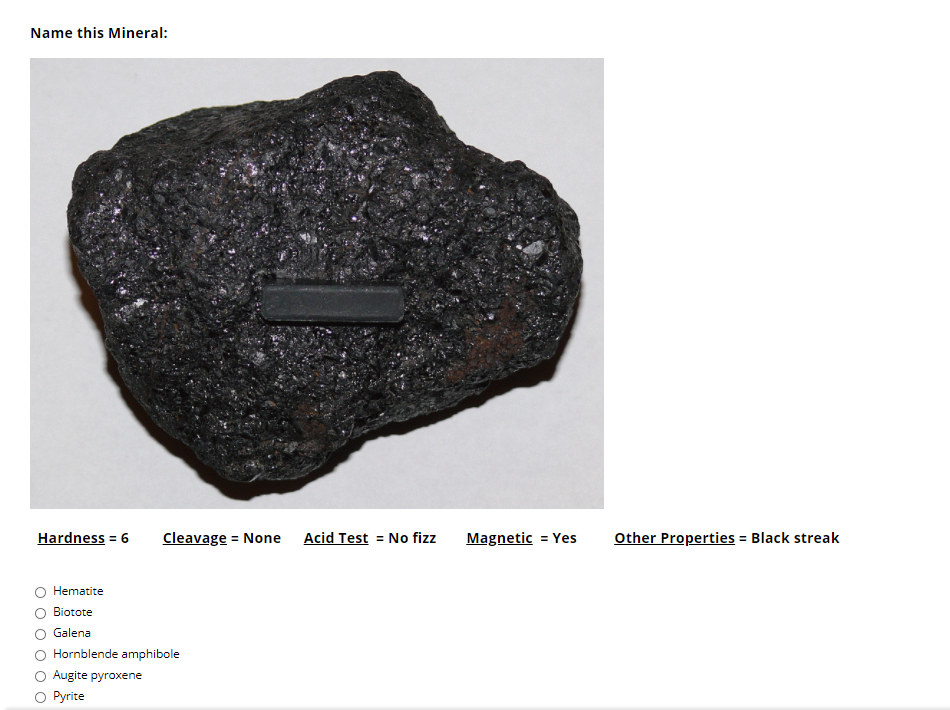


Solved Question 21 Which Of The Following Mineral Sets Ar Chegg Com
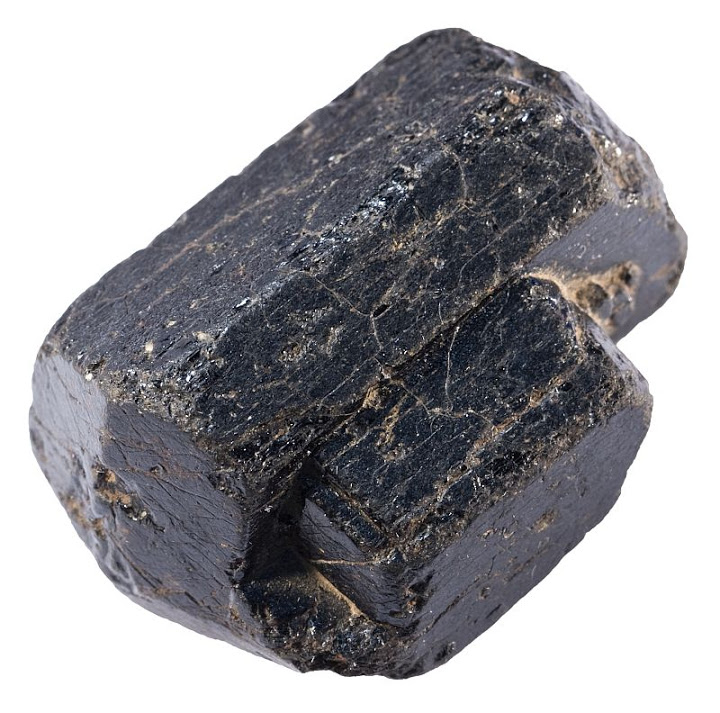


Augite Mineral Physical Optical Properties Uses And Occurrence
Most augite has a dull, dark green, brown, or black finish Augite occurs chiefly as short, thick, prismatic crystals with a square or octagonal cross section and sometimes as large, cleavable masses It occurs in a solidsolution series in which diopside and hedenbergite are the endmembersSTREAK COLOR SPECIAL FEATURES MINERAL NAME MINERAL PHOTO Deep Blue AZURITE Green MALACHITE MAGNETITE AUGITE Can be scratched with fingernail (scratch hard) GYPSUM Tastes Salty (Let an adult check!) HALITE Will "fizz" or bubble when you drop vinegar on the sample Also, sometimes forms a rhomb (looks like aAugite is a solid solution in the pyroxene group Diopside and hedenbergite are important endmembers in augite, but augite can also contain significant aluminium, titanium, and sodium and other elements The calcium content of augite is limited by a miscibility gap between it and pigeonite and orthopyroxene when occurring with either of these other pyroxenes, the calcium content of augite is



Augite Mineral Information Data And Localities
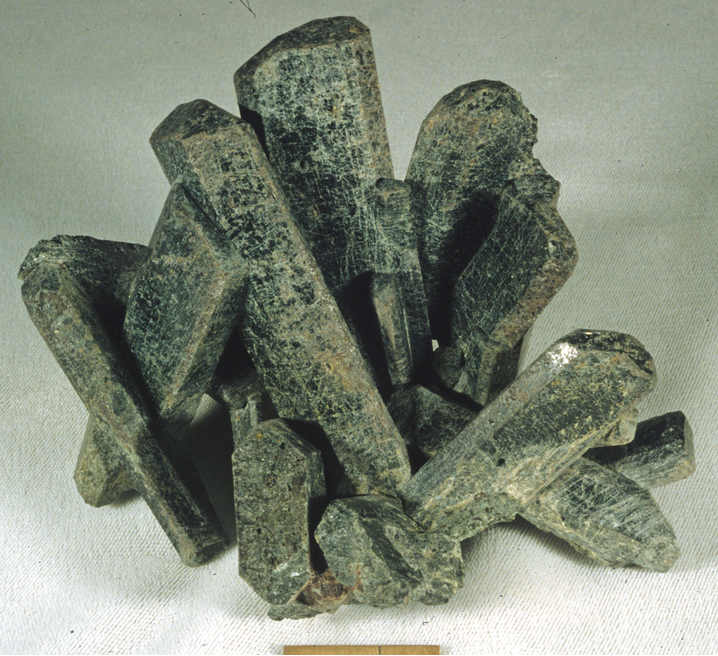


Augite Mineral Information Data And Localities
Augite is a standard black or brownishblack pyroxene mineral of dark igneous rocks and some highgrade metamorphic rocks Its crystals and cleavage fragments are nearly rectangular in crosssection (at angles of 87 and 93 degrees) These are the main things that distinguish it from hornblende (see below)Streak White Optical Properties PPL Colorless, but may exhibit pale pastels High relief XPL Extremely high birefringence colors may look pastel, washed out, or almost neon High reliefParallel extinction δ 0155 Twinning Contact Cyclic May appear pseudohexagonal Extinction Parallel Special properties Reacts with HCl (fizzes) afterAugite occurs in the range of colors from black to dark brown, light brown, green and browngreen It has translucent to an opaque appearance with prominent cleavages, vitreous luster, and greenish gray streak It is nonfluorescent and forms massive fibers, granules or columns Its fractures are brittle producing small, conchoidal fragments



Augite Macki Augite Awesome Awesome Is Macki Minerals Glogster Edu Interactive Multimedia Posters



Flickriver Searching For Most Recent Photos Matching Augite
Augite Crystallography Axial Ratios abc = Cell Dimensions a = 98, b = 9, c = 525, Z = 4;Augite is a standard black or brownishblack pyroxene mineral of dark igneous rocks and some highgrade metamorphic rocks Its crystals and cleavage fragments are nearly rectangular in crosssection (at angles of 87 and 93 degrees) These are the main things that distinguish it from hornblende (see below)STREAK COLOR SPECIAL FEATURES MINERAL NAME MINERAL PHOTO Deep Blue AZURITE Green MALACHITE MAGNETITE AUGITE Can be scratched with fingernail (scratch hard) GYPSUM Tastes Salty (Let an adult check!) HALITE Will "fizz" or bubble when you drop vinegar on the sample Also, sometimes forms a rhomb (looks like a
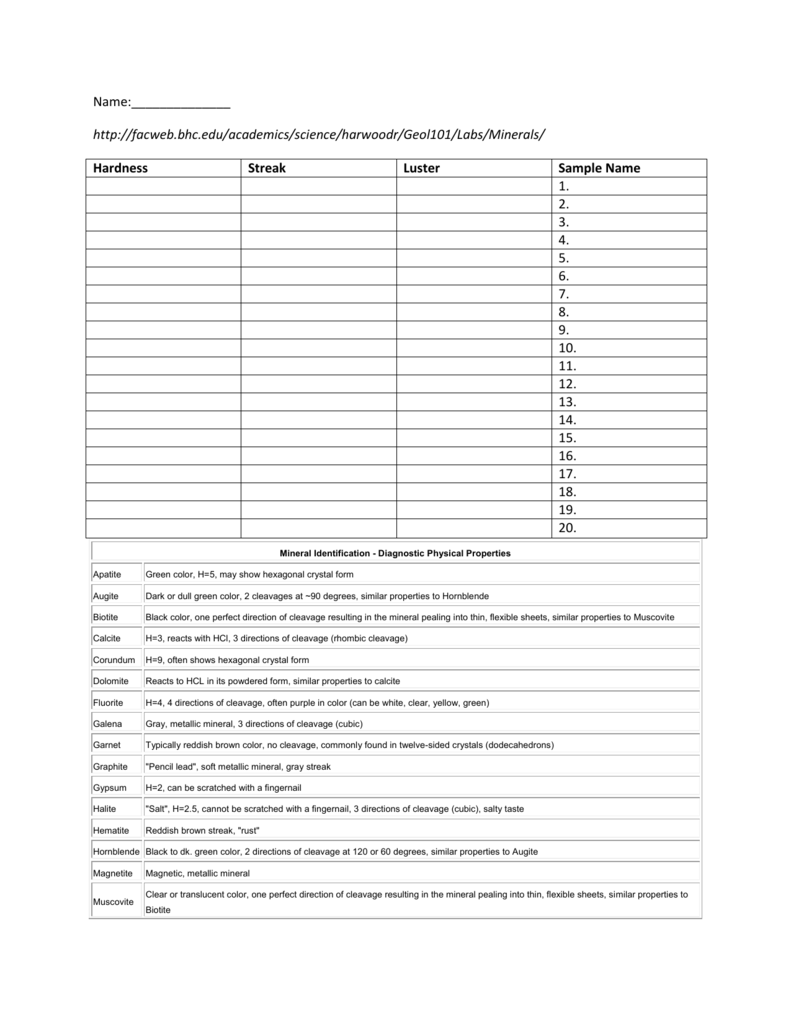


Minsim2 Charleslansing
/augite-59036caa5f9b5810dc01f3be.jpg)


How To Identify Black Minerals
Augite from the Stillwater Igneous Complex showing exsolution lamellae of orthopyroxene Exsolution lamellae in augite from slide SIC6 Notice the tiny dark exsolution bands within some of the larger exsolution bands A rollover image of an augite crystal at 5x magnification Note the 90 degree cleavage, though imperfectAugite occurs in the range of colors from black to dark brown, light brown, green and browngreen It has translucent to an opaque appearance with prominent cleavages, vitreous luster, and greenish gray streak It is nonfluorescent and forms massive fibers, granules or columns Its fractures are brittle producing small, conchoidal fragmentsAugite Formula (Ca,Mg,Fe) 2 (Si,Al) 2 O 6 Crystal System Monoclinic Crystal Habit Massive Fibrous, Columnar, Granular Cleavage Perfect, Indistinct, None Luster Vitreous Resinous Color brown green, green, light brown, dark brown, black Streak greenish gray Class Monoclinic Prismatic Fracture Brittle Conchoidal Hardness 565



Minerals Midterm Flashcards Quizlet



Titanian Augite Mineral Information Data And Localities
Streak White to gray to very pale green Augite is often brittle, breaking into splintery fragments on the streak plate These can be observed with a hand lens Rubbing the debris with a finger produces a gritty feel with a fine white powder beneath Luster Vitreous on cleavage and crystal faces Dull on other surfaces DiaphaneityThere are many different types of pyroxene including augite, wollastonite, diopside, enstatite, and hypersthene All of the types contain Si 2 O 6 but some have sodium (Na) while others have iron (Fe), magnesium (Mg), or a combination of these three elements The general properties of the more common pyroxene minerals, such as augite, areAugite Formula (Ca,Mg,Fe) 2 (Si,Al) 2 O 6 Crystal System Monoclinic Crystal Habit Massive Fibrous, Columnar, Granular Cleavage Perfect, Indistinct, None Luster Vitreous Resinous Color brown green, green, light brown, dark brown, black Streak greenish gray Class Monoclinic Prismatic Fracture Brittle Conchoidal Hardness 565


Hornblende Hornblende Authors Dalton Zook Rachael Dolan And Nicole Lefebvre Mineral Name Hornblende Chemical Composition Ca2 Mg Fe Al 5 Al Si 8o22 Oh 2 Color Black To A Dark Green Streak Gray To White Hardness 5 6 Cleavage Fracture


Augite Nova Mineralogy
Amphibole minerals' defining characteristics are their dark color, hardness and welldeveloped cleavage These usually serve to distinguish them from most other common rockforming minerals with the exception of the pyroxene mineral groupAugite is a clinopyroxene Clinopyroxenes and orthopyroxenes are easily distinguished in thin section by their extinction angles clinopyroxenes have inclined extinction, and orthopyroxenes have parallel extinctionAegirineaugite Dellaventuraite Comments View in planepolarized light of reddish brown dellaventuraite (OPTK) as an overgrowth on purplegray aegirineaugite (AEAG) in a matrix of rounded quartz (QZ) with minor rounded (high relief) apatite grains(AmMin ) Location Kajlidongri manganese mine, Jhabua District, Madhya Pradesh, IndiaScale Picture size 25 cm


Augite Mirofoss



Augite Mineral Specimen For Sale
Start studying Geology Mineral Learn vocabulary, terms, and more with flashcards, games, and other study toolsMinerals Sample 2 Sa Knowns • Hardness = 3 • Streak White • Density = 27 g/cm3 • Color Se video • List of Unknown Minerals Magnetite, Muscovite, KFeldspar, Olivine, Pyrite, Calcite, Garnet, Augite, Quartz, Gypsum, Plagioclase, Hornblende, Halite, Galena, Kaolinite, Biotite O Carbonate Silicate Sulfide O Oxide Juodu wwwMagnetic properties of augite A Sigamony 1 Proceedings of the Indian Academy of Sciences Section A volume , pages 261 – 265 ( 1945 ) Cite this article



Ppt Mineral Groups Powerpoint Presentation Free Download Id



Optical Properties Figure 1 Thin Section Of Augite In Ppl And Xpl Plane Polarized Lightcross Polarized Light My Pet Mineral Augite Jacob Wall 16 Ge225 Ppt Download
STREAK COLOR SPECIAL FEATURES MINERAL NAME MINERAL PHOTO Deep Blue AZURITE Green MALACHITE MAGNETITE AUGITE Can be scratched with fingernail (scratch hard) GYPSUM Tastes Salty (Let an adult check!) HALITE Will "fizz" or bubble when you drop vinegar on the sample Also, sometimes forms a rhomb (looks like aAugite occurs in the range of colors from black to dark brown, light brown, green and browngreen It has translucent to an opaque appearance with prominent cleavages, vitreous luster, and greenish gray streak It is nonfluorescent and forms massive fibers, granules or columns Its fractures are brittle producing small, conchoidal fragmentsAugite is a heavy, green to black pyroxene mineral Augite occurs in igneous rocks like gabbro and basalt and some metamorphic rocks Augite has a gray to green streak, glassy to resinous luster and moderate hardness An information card with details on the mineral formation, characteristics and uses is included
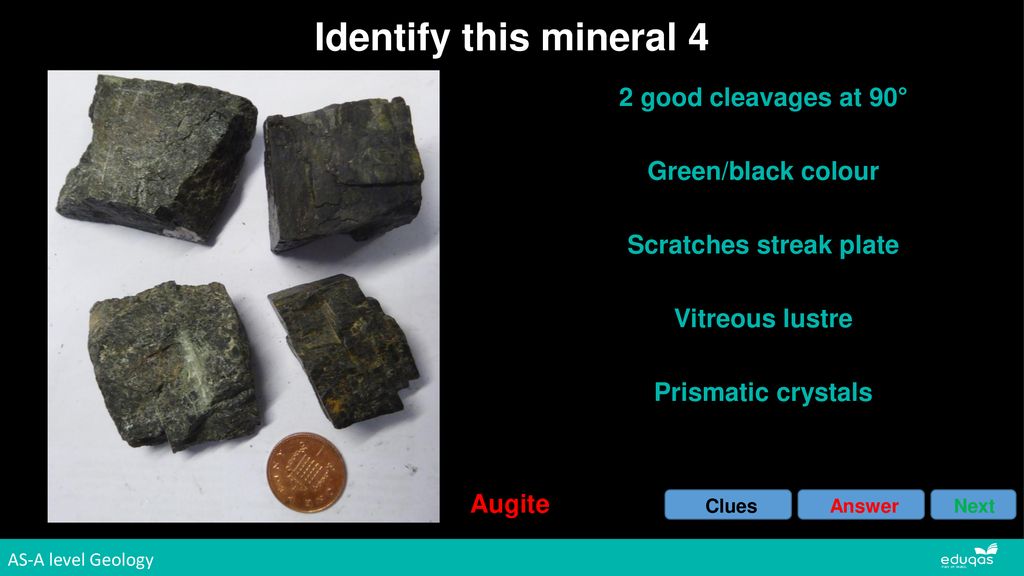


Minerals On The As A Level Data Sheet Ppt Download


Augite Mineralogy4kids
Streak browngrey Specific gravity 29 Augite Category Silicate mineral Identification Color Pale brown to purplish or greenish brown, also dark grey sometimes Crystal system Monoclinic Cleavage {110} good Mohs Scale hardness 5 to 65 Luster Vitreous Streak Greenishwhite Specific gravity 319 356Aegirine is a member of the clinopyroxene group of inosilicate minerals Aegirine is the sodium endmember of the aegirineaugite seriesAegirine has the chemical formula Na Fe Si 2 O 6 in which the iron is present as Fe 3In the aegirineaugite series the sodium is variably replaced by calcium with iron(II) and magnesium replacing the iron(III) to balance the chargeAugite is usually green, black, or brown in color with a translucent to opaque diaphaneity It usually exhibits two distinct cleavage directions that intersect at slightly less than 90 degrees A hand lens is often needed to properly observe the cleavage, especially in finegrained rocks
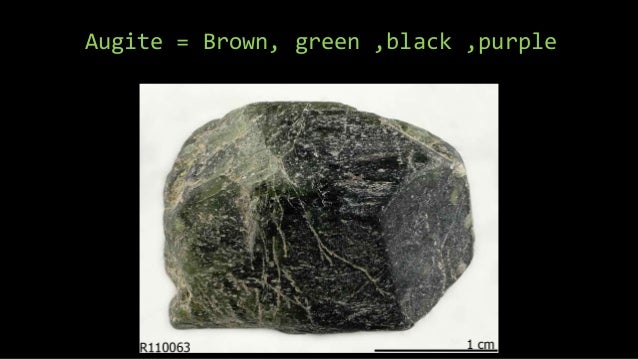


Physical Properties Of Minerals
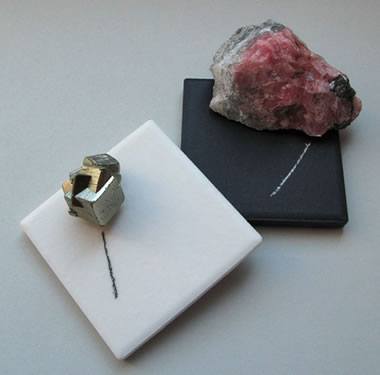


Streak Test For Minerals Using A Porcelain Streak Plate
What mineral group does this example belong to?Name Augite Luster Nonmetallic Hardness 5 6 > Glass Cleavage Yes Prismatic 87 degrees/93 degrees Streak None Color Dark Green Miscellaneous BlockyWhat mineral group does this example belong to?



Augite By Logan Thompson
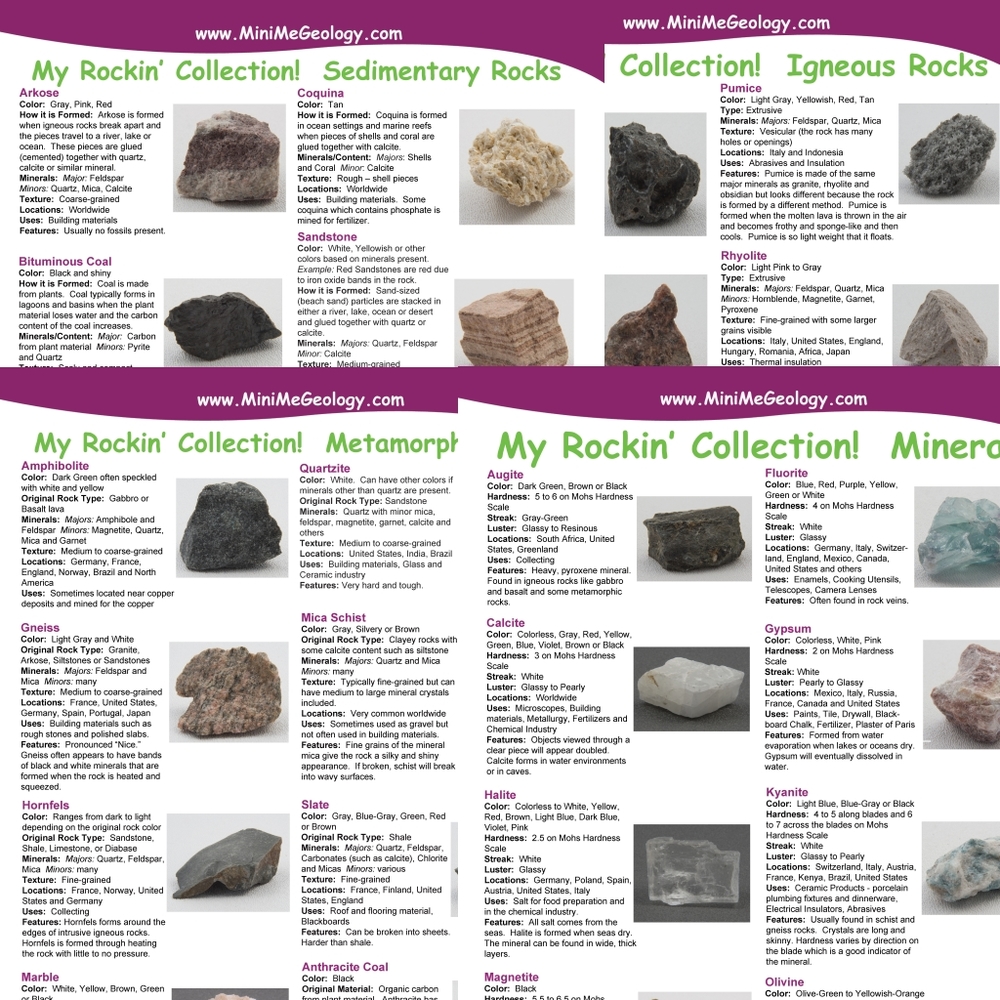


My Rockin Collection Junior Rock Mineral Id Posters Mini Me Geology
Augite is a clinopyroxene Clinopyroxenes and orthopyroxenes are easily distinguished in thin section by their extinction angles clinopyroxenes have inclined extinction, and orthopyroxenes have parallel extinctionMinerals Sample 2 Sa Knowns • Hardness = 3 • Streak White • Density = 27 g/cm3 • Color Se video • List of Unknown Minerals Magnetite, Muscovite, KFeldspar, Olivine, Pyrite, Calcite, Garnet, Augite, Quartz, Gypsum, Plagioclase, Hornblende, Halite, Galena, Kaolinite, Biotite O Carbonate Silicate Sulfide O Oxide Juodu wwwAugite, the most common pyroxene, is a dark green to black iron and calciumrich pyroxene that is common in mafic and ultramafic igneous rocks, along with some intermediate igneous rocks Diopside is a white to light green ironfree, calcium pyroxene that occurs in medium to highgrade metamorphosed carbonate rocks



Geology Minerals Flashcards Quizlet


Pyroxene The Pyroxenes Are A Group Of Common And Important Ca Mg And Fe Bearing Silicate Minerals There Are Dozens Of Specific Minerals In The Pyroxene Group These Include Augite Diopside Hedenbergite Pigeonite Enstatite Bronzite
Augite is a solid solution in the pyroxene group Diopside and hedenbergite are important endmembers in augite, but augite can also contain significant aluminium, titanium, and sodium and other elements The calcium content of augite is limited by a miscibility gap between it and pigeonite and orthopyroxene when occurring with either of these other pyroxenes, the calcium content of augite isThe Streak Test Marks, known as "streaks," are produced by scraping mineral specimens across unglazed porcelain plates On the left, a specimen of pyrite has produced a black streak On the right, a specimen of rhodochrosite has produced a white streakThe streak of a mineral is the colour of it's powder when rubbed along an unglazed porcelain plate (streakplate) and may be different from the colour of the mineral itself Minerals include acanthite, actinolite, aegirine, allanite, annabergite, arfvedsonite, arsenopyrite, augite, aurichalcite, azurite,
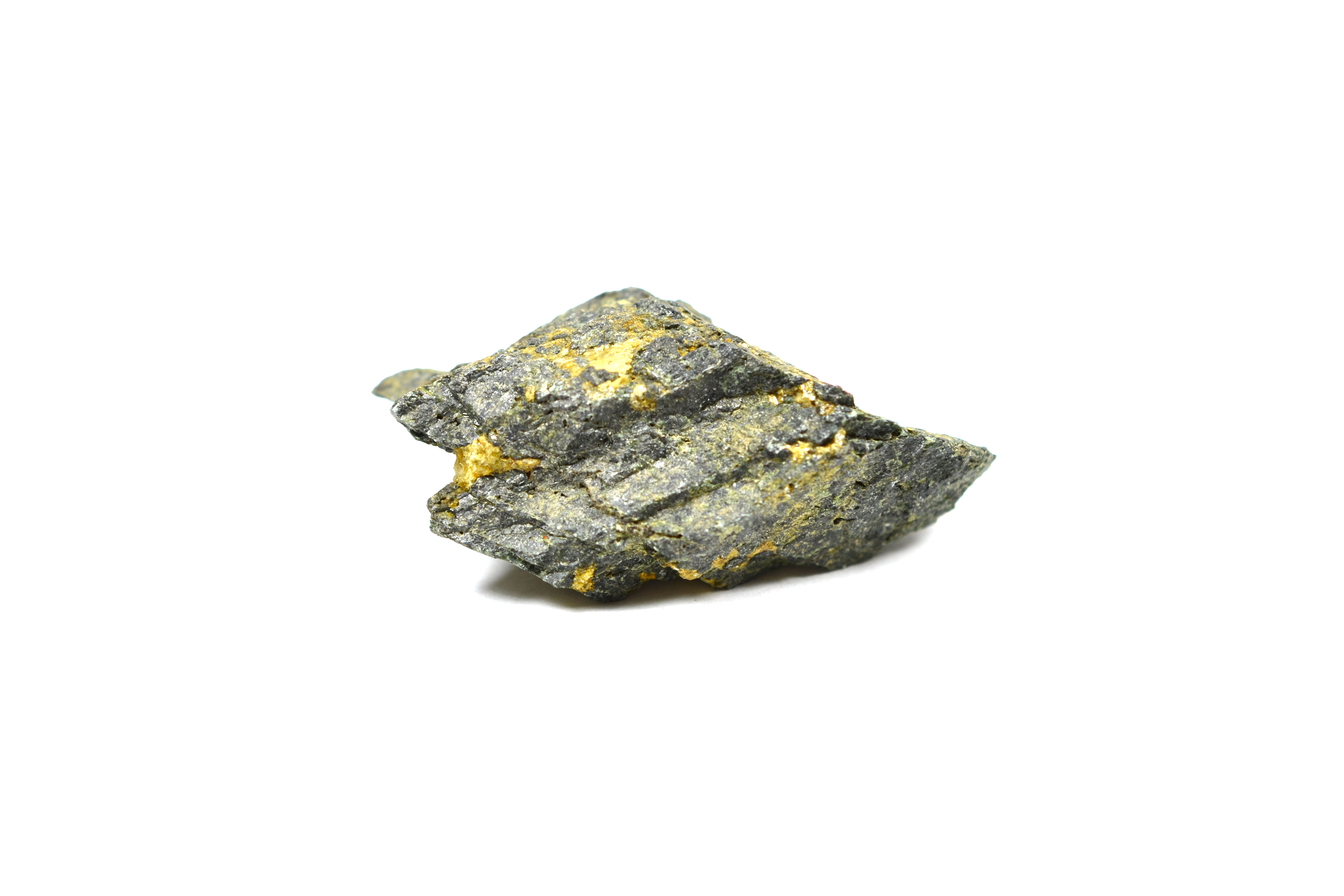


Eisco Augite Pyroxene Mineral Specimen Approx 1 3cm Ebay



Augite Macki Augite Awesome Awesome Is Macki Minerals Glogster Edu Interactive Multimedia Posters
Streak browngrey Specific gravity 29 Augite Category Silicate mineral Identification Color Pale brown to purplish or greenish brown, also dark grey sometimes Crystal system Monoclinic Cleavage {110} good Mohs Scale hardness 5 to 65 Luster Vitreous Streak Greenishwhite Specific gravity 319 356



The Power Of Stones Augite
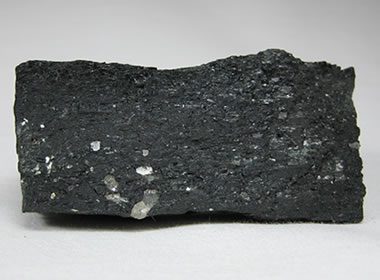


Hornblende Mineral Uses And Properties



Solved It Is Often Difficult To Visually Separate The Min Chegg Com


Augite Cameo


E Rocks Mineral Auctions
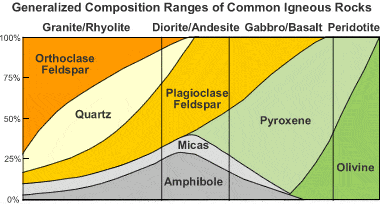


Augite A Rock Forming Mineral Found Throughout The World


Augite The Pyroxene Mineral Augite Information And Pictures
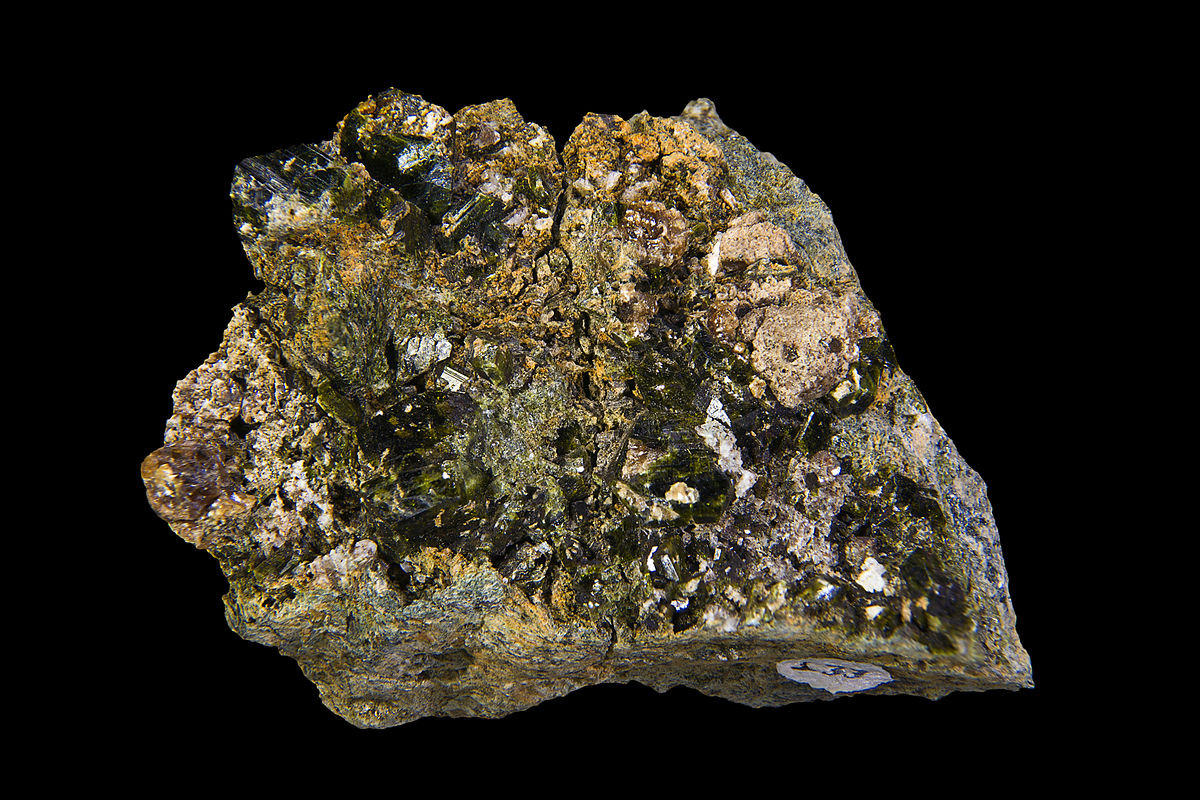


Augite Simple English Wikipedia The Free Encyclopedia



Augite Mineral Specimen For Sale


University Of Minnesota S Mineral Pages Pyroxene


Augite



Earth Archives On Instagram Although Augite Is A Relatively Dull Mineral It Gets Its Name From The Greek Au Minerals Minerals And Gemstones Wiccan Crystals



Mineralogy Ii


Augite The Pyroxene Mineral Augite Information And Pictures



Eisco Augite Pyroxene Mineral Specimen Approx 1 3cm Toys Games Amazon Com



Titanian Augite Mineral Information Data And Localities


Augite Pyroxenes Silicates Gemstones Index Patrickvoillot Com


Augite Calcium Sodium Magnesium Iron Aluminum Silicate



Solved Identify This Rock And Its Origin Properties For T Chegg Com


Pyroxene The Pyroxenes Are A Group Of Common And Important Ca Mg And Fe Bearing Silicate Minerals There Are Dozens Of Specific Minerals In The Pyroxene Group These Include Augite Diopside Hedenbergite Pigeonite Enstatite Bronzite


Augite



Mineral Identification Key Page 1 Of 2 Luster Sat Chegg Com
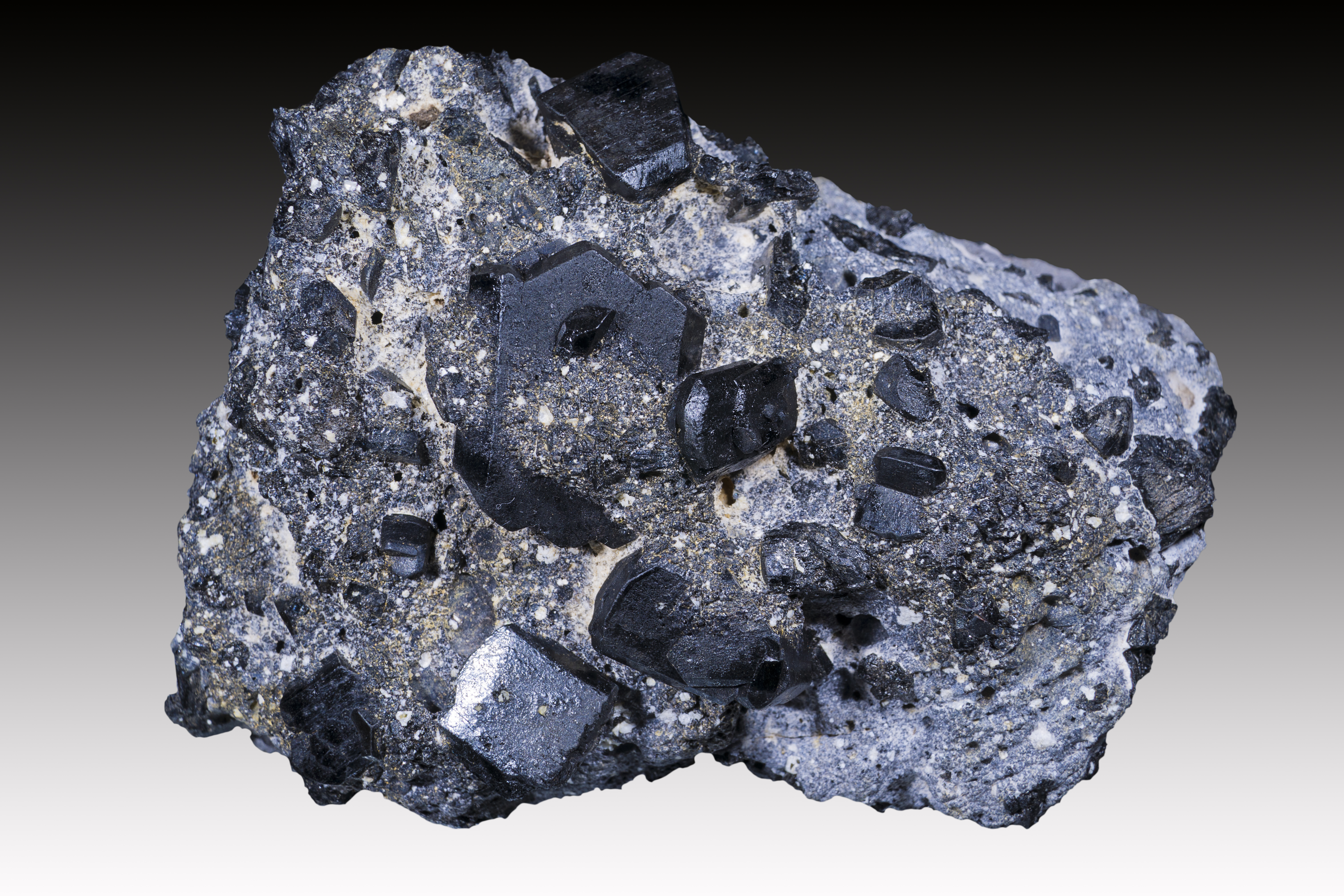


Augite Wikipedia
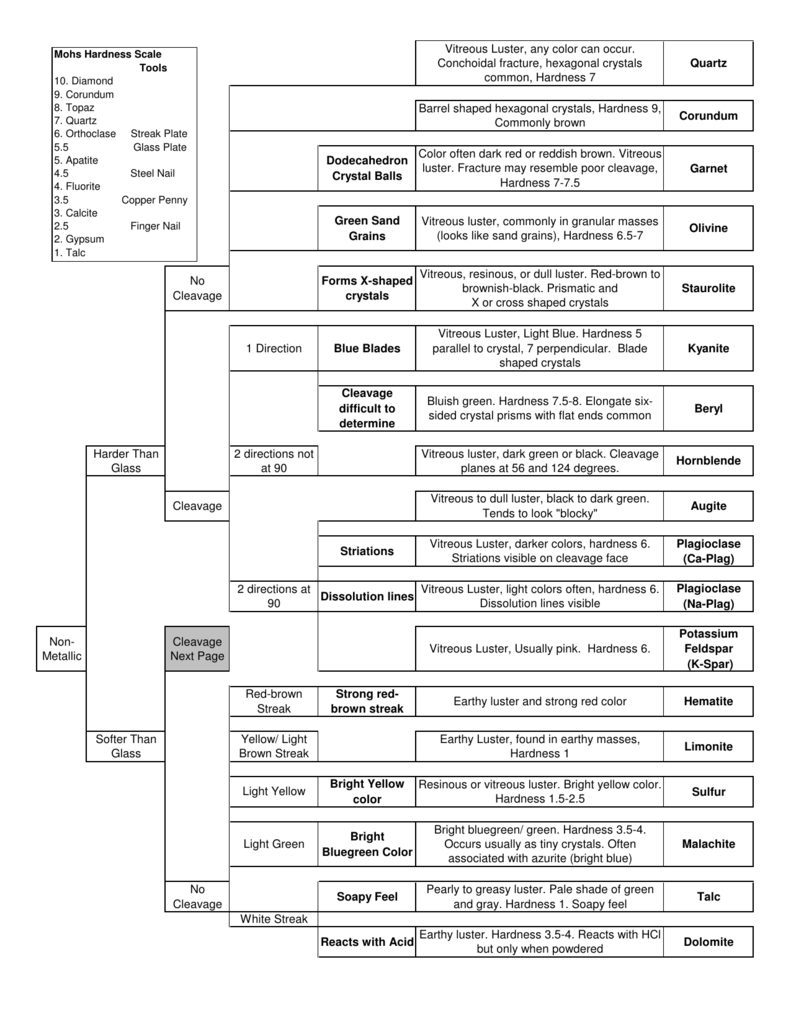


Mineral Flow Chart



Augite Mineral Specimen For Sale



Unit Ii Mineralogy Ppt Download
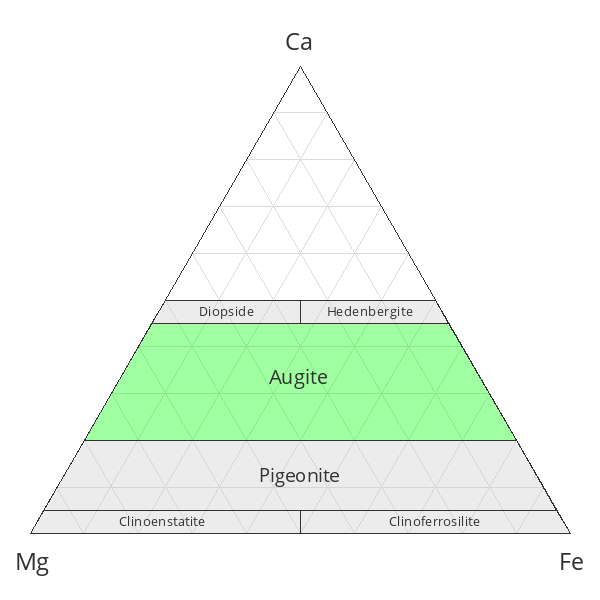


Augite Mineral Information Data And Localities



No 172 Augite From Diamond Lake Ontario Canada In Online Mineral Museum Crystal Shapes Crystals Rocks And Minerals



Augite Mineral Mini Me Geology


Penfieldrocks Licensed For Non Commercial Use Only Augite


Pyroxene Augite


Augite Mirofoss
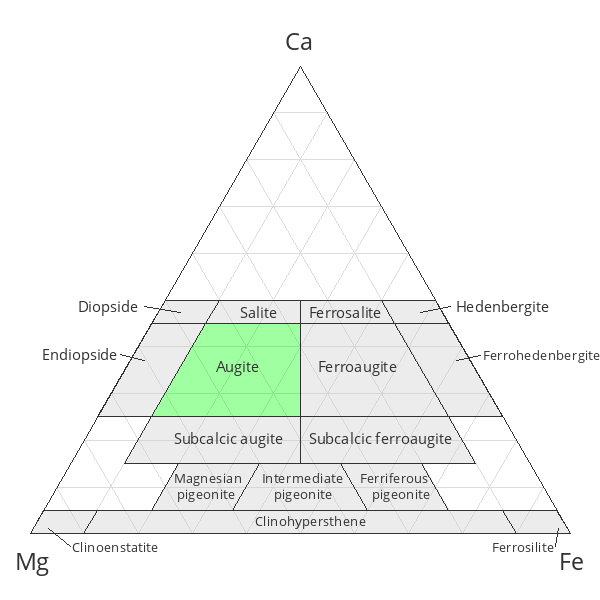


Augite Mineral Information Data And Localities



Natural Stone Augite Pyroxene Mineral Raw Stone Specimens 1 Kg Valuation Stone Saw Stone Gluestone Diy Aliexpress



Aegirine Wikipedia



The Pyroxene Mineral Group



Augite Minerals Education Coalition



My Rockin Collection Rock Mineral Poster Set Amazon In Industrial Scientific



Augite Mineral Streak Page 1 Line 17qq Com
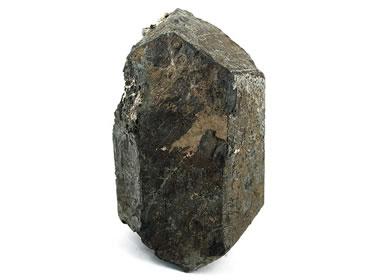


Augite A Rock Forming Mineral Found Throughout The World


Augite The Pyroxene Mineral Augite Information And Pictures


Mineral Show 1 Volcano World Oregon State University



D456yfdmsifpkm



Augite Mineral Page 3 Line 17qq Com



My Rockin Collection Junior Minerals Kit Mini Me Geology
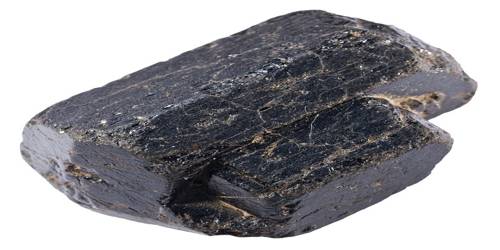


Augite Properties And Occurrence Assignment Point



Solved What Is The Luster Of This Mineral Minerals Sampl Chegg Com



Earth Science 11 Corpuz Descriptions Of Rock Forming Minerals Ppt Download



Augite The Pyroxene Mineral Augite Information And Pictures



Minerals Indiana Rocks



Augite Mineral Specimen For Sale


Mineral Identification Sample 19


Augite The Pyroxene Mineral Augite Information And Pictures


Augite The Pyroxene Mineral Augite Information And Pictures


Mineral Show 1 Volcano World Oregon State University
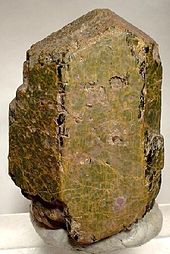


Augite Wikipedia
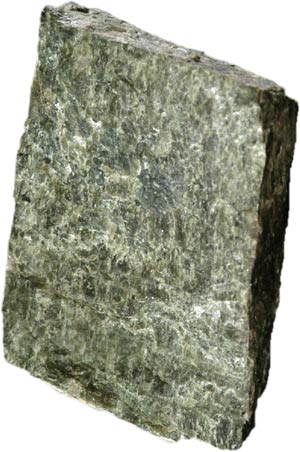


Geology Rocks And Minerals


Augite Mineral Physical Optical Properties Uses And Occurrence



Minerals Midterm Flashcards Quizlet


Augite


Augite The Pyroxene Mineral Augite Information And Pictures



Amazon Com Eisco Augite Pyroxene Mineral Specimen Approx 1 3cm Toys Games



Augite A Rock Forming Mineral Found Throughout The World


Mineral Show 1 Volcano World Oregon State University



Geology Rocks And Minerals



Augite By Logan Thompson



Augite Minerals Education Coalition



Augite Mineral Streak Page 1 Line 17qq Com



Augite Mineral Page 1 Line 17qq Com



Augite Mineral Mini Me Geology Minerals Rocks And Minerals Geology



Mineral Rock Specimen Augite Hornblende With White Vein Streak Layer 3 25 Ebay



Solved What Mineral Group Does This Example Belong To Mi Chegg Com



Augite Mineral Physical Optical Properties Uses And Occurrence



0 件のコメント:
コメントを投稿